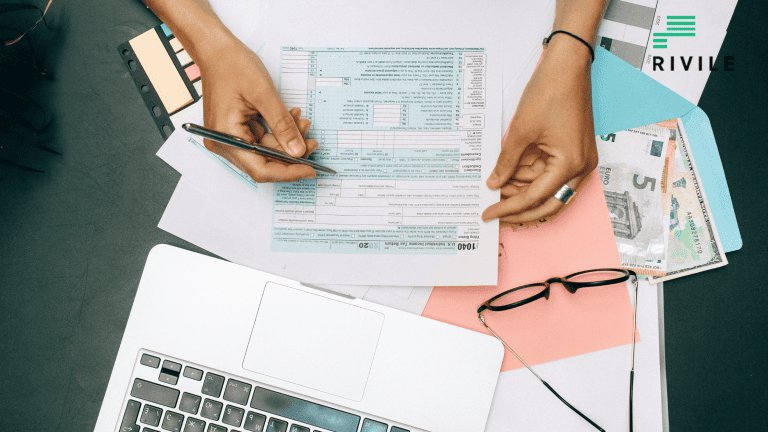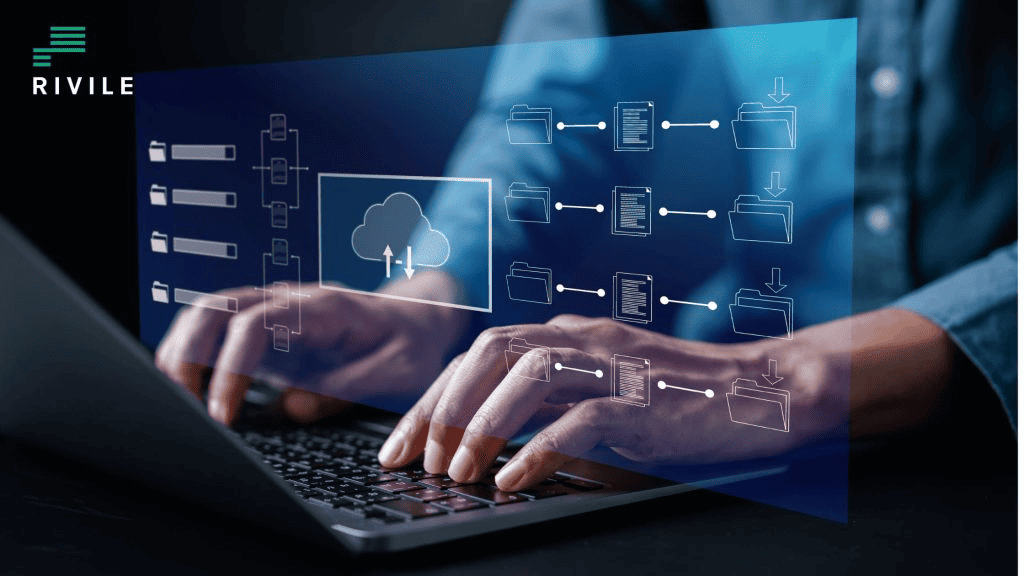Taxpayer code: everything you need to know

Taxpayer Code – a unique identifier assigned to every individual or legal entity registered in Lithuania’s tax system. The taxpayer code is a unique identification number assigned to each individual or legal entity registered within Lithuania’s tax system. This code is essential in nearly all tax-related situations—from income declarations to VAT accounting, issuing invoices, or submitting official tax documents.
Whether you're self-employed or operating a business, understanding the taxpayer code is a crucial step in maintaining proper accounting and communication with the State Tax Inspectorate (VMI). In this article, we explain where to find this code, how it is used, and why it’s important not to confuse it with other identification numbers. Incidentally, if you’re already using Rivile ERP or planning to automate your tax and VAT accounting, this code will be one of the most important data fields.
How to Find Your Taxpayer Code
Although the taxpayer code is often self-evident, individuals new to accounting or business may have questions. Here’s a brief explanation:
For Individuals
Your taxpayer code is simply your personal identification number, used in nearly all tax-related forms and declarations. It is required when conducting individual activities, issuing invoices, or declaring income.
For Legal Entities
The taxpayer code for a legal entity is the company code assigned by the Centre of Registers during company registration. This code is used for:
- Registering with the VMI system
- Obtaining VAT payer status
- Sending invoices to clients
- Managing tax accounting with Rivile GAMA
Where to Find It
- Review your individual activity certificate
- Log in to the “Mano VMI” system
- Check the Centre of Registers database
- Contact VMI by phone or email
When Is the Taxpayer Code Needed?
The taxpayer code is often required even when you don’t realize it—it acts as an invisible key that enables proper business operations and document submission.
Why Is This Code So Important?
The taxpayer code is:
- Required when completing income declarations—for both individuals and companies
- Used in VAT registration and accounting—including reverse VAT, where precise identification of supplier and buyer is necessary
- Necessary for issuing invoices—without this code, an invoice is not considered properly issued
- Mandatory for using accounting systems that automate tax management (e.g., Rivile ERP integrates this code throughout the accounting and reporting chain)
It is especially important to enter the code accurately—even a single digit error can disrupt VAT declarations, partner data tracking, or correct payment execution.
Difference Between Taxpayer Code and Tax Identification Number (TIN)
The taxpayer code is often confused with other identification numbers, especially in international business contexts. While these codes serve similar purposes, they are not identical.
In Lithuania, the taxpayer code typically means:
- For individuals – the personal identification number
- For legal entities – the company code
Meanwhile, the TIN (Taxpayer Identification Number) is an international term used for all tax identification codes. In Lithuania, the TIN usually corresponds to the same personal or company code, but in other countries, it may be a completely different number generated by the tax authority. If you work with foreign partners, it’s important to verify the TIN used in their country—VMI and Rivile ERP can assist in automating data alignment according to tax system requirements.
When Is the Taxpayer Code Changed or Revoked?
There are several cases when the taxpayer code may be changed or lost:
- Upon terminating individual activity, your activity certificate becomes invalid, but your personal code remains the basis for identification if you resume activity
- Upon company liquidation, the company’s taxpayer code is revoked along with all other legal data
- In the event of legal restructuring (e.g., when a small partnership becomes a limited liability company), a new company code may be assigned, which becomes the new taxpayer code
It is recommended to regularly verify that your company’s data is correctly updated with VMI, especially if you use the automated Rivile GAMA accounting system.
Frequently Asked Questions (FAQ)
How can I find my taxpayer code?
Individuals – it’s their personal identification number. Legal entities – the company code. The most accurate data is available from the Centre of Registers and the “Mano VMI” portal.
What’s the difference between a taxpayer code and a personal identification number?
For individuals, they are the same. For legal entities, it’s the company’s identification number. The personal code is not used in legal tax documents.
How to verify the validity of a taxpayer code?
Log in to “Mano VMI” or use VMI’s public search function. You can also check partner codes in VAT registries.
Is there a difference between taxpayer codes for individuals and legal entities?
Yes. For individuals – it’s the personal code; for legal entities – the company code. Both are unique but used in different contexts.
What legislation governs the taxpayer code?
The taxpayer code is regulated by the Law on Tax Administration of the Republic of Lithuania and methodological guidelines provided by VMI. More information is available on the official VMI website.


